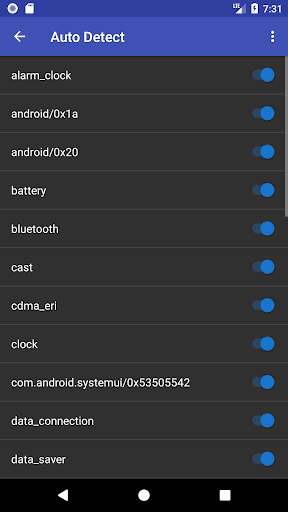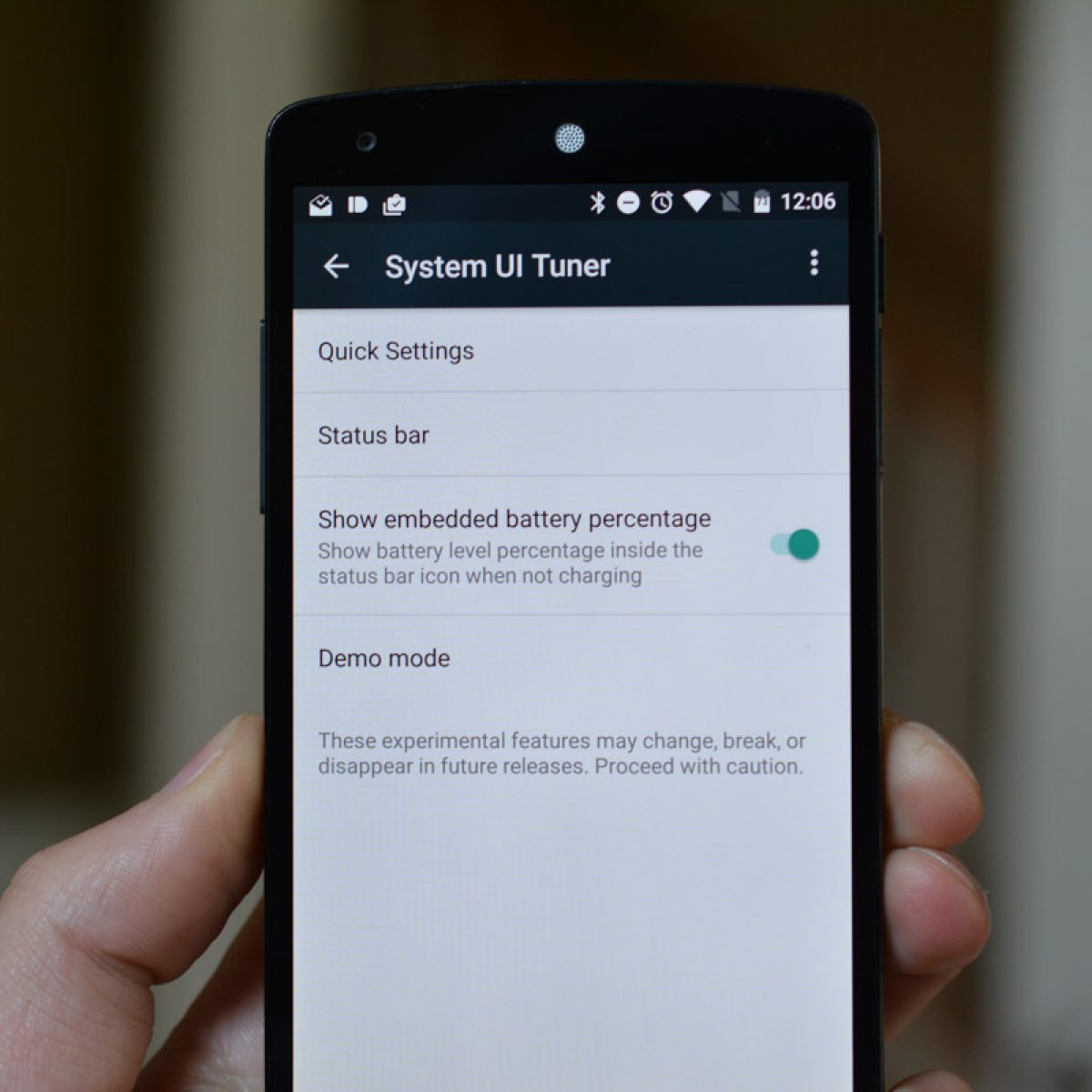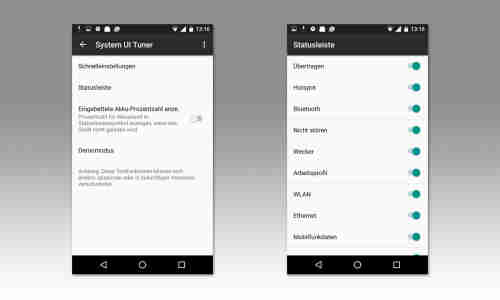

DESCARGAR HELLO NEIGHBOR ALPHA 4 GRATIS CODE
Similarly, the following application code snippets can toggle demo mode: // Enable demo mode $ adb shell am broadcast -a -es command exit $ adb shell am broadcast -a -es command enter From the shell, we could do the following: # Enable demo mode The enter and exit commands are used to turn demo mode on and off (the equivalent of the "Show demo mode" UI command, while the remaining commands configure the status bar if demo mode is enabled. Here is a list of the current top-level commands: Demo mode is controlled with a series of "commands" that are passed along in the broadcasts as extras. SystemUI listens for broadcasts with the action string, and forwards them onto the various demo mode handlers. This means that, if we can figure out what intents SystemUI expects, we can configure our own "demo mode" from the shell or some application code. While demo mode in and of itself cannot be configured, it turns out that the mechanism used to trigger these changes inside of SystemUI is unprotected broadcast intents. It doesn't offer any configuration options for controlling the appearance of the status bar items…or does it? On the surface, demo mode looks shows as a one-click solution to quickly set the status bar to a pre-defined "clean" state. Since this value lives in Settings.Secure, it cannot be written by third party application code (only read). $ adb shell settings put secure icon_blacklist bluetooth,wifi
DESCARGAR HELLO NEIGHBOR ALPHA 4 GRATIS BLUETOOTH
$ adb shell settings put secure icon_blacklist bluetooth $ adb shell settings delete secure icon_blacklist Here are some working examples: # Enable all icons (remove the setting) The SystemUI application observes changes to icon_blacklist, so we can programmatically control the value from the shell. Below is a mapping of those names to their Settings description: Name

It's a comma-separated list of all the icon names. This is what the value looks like with all the icons disabled: $ adb shell settings get secure icon_blacklistĮthernet,mobile,airplane,managed_profile,zen,cast,wifi,alarm_clock,hotspot,bluetooth

Fortunately for us, these changes are persisted into Settings.Secure under the key icon_blacklist. With the UI found under System UI tuner -> Status bar, developers can easily turn off most of the primary status icons (except for notifications, battery level, and clock). We can fairly easily control them from both the device shell and using public APIs in an application. The best part is, both of these features are externally accessible.


 0 kommentar(er)
0 kommentar(er)
